Your cart is currently empty!

ISO 17754:2014
ISO 17754:2014 Timber structures – Test methods – Torsional resistance of driving in screws
CDN $76.00
SKU: 13cf5cd41aa7
Categories: ICS:91.080.20, SUSTAINABLE_DEVELOPMENT_GOAL:9
Description
ISO 17754:2014 specifies a test method to determine the torsional resistance to driving of screws in solid timber or glued laminated timber or other wood-based materials. The method is used primarily to ensure the torque that may be applied to install screws will be less than the specified failure torque of the screw.
Edition
1
Published Date
2014-05-05
Status
PUBLISHED
Pages
6
Format 
Secure PDF
Secure – PDF details
- Save your file locally or view it via a web viewer
- Viewing permissions are restricted exclusively to the purchaser
- Device limits - 3
- Printing – Enabled only to print (1) copy
See more about our Environmental Commitment
Abstract
ISO 17754:2014 specifies a test method to determine the torsional resistance to driving of screws in solid timber or glued laminated timber or other wood-based materials. The method is used primarily to ensure the torque that may be applied to install screws will be less than the specified failure torque of the screw.
Previous Editions
Can’t find what you are looking for?
Please contact us at:
Related Documents
-

ISO 5053:2019 Industrial trucks – Vocabulary – Part 2: Fork arms and attachments
CDN $351.00 Add to cart -

ISO 2382:2015 Information technology – Vocabulary
CDN $0.00 Add to cart -

ISO 5078:2025 Management of terminology resources – Terminology extraction
CDN $233.00 Add to cart -

ISO 80004:2011 Nanotechnologies – Vocabulary – Part 7: Diagnostics and therapeutics for healthcare
CDN $115.00 Add to cart







